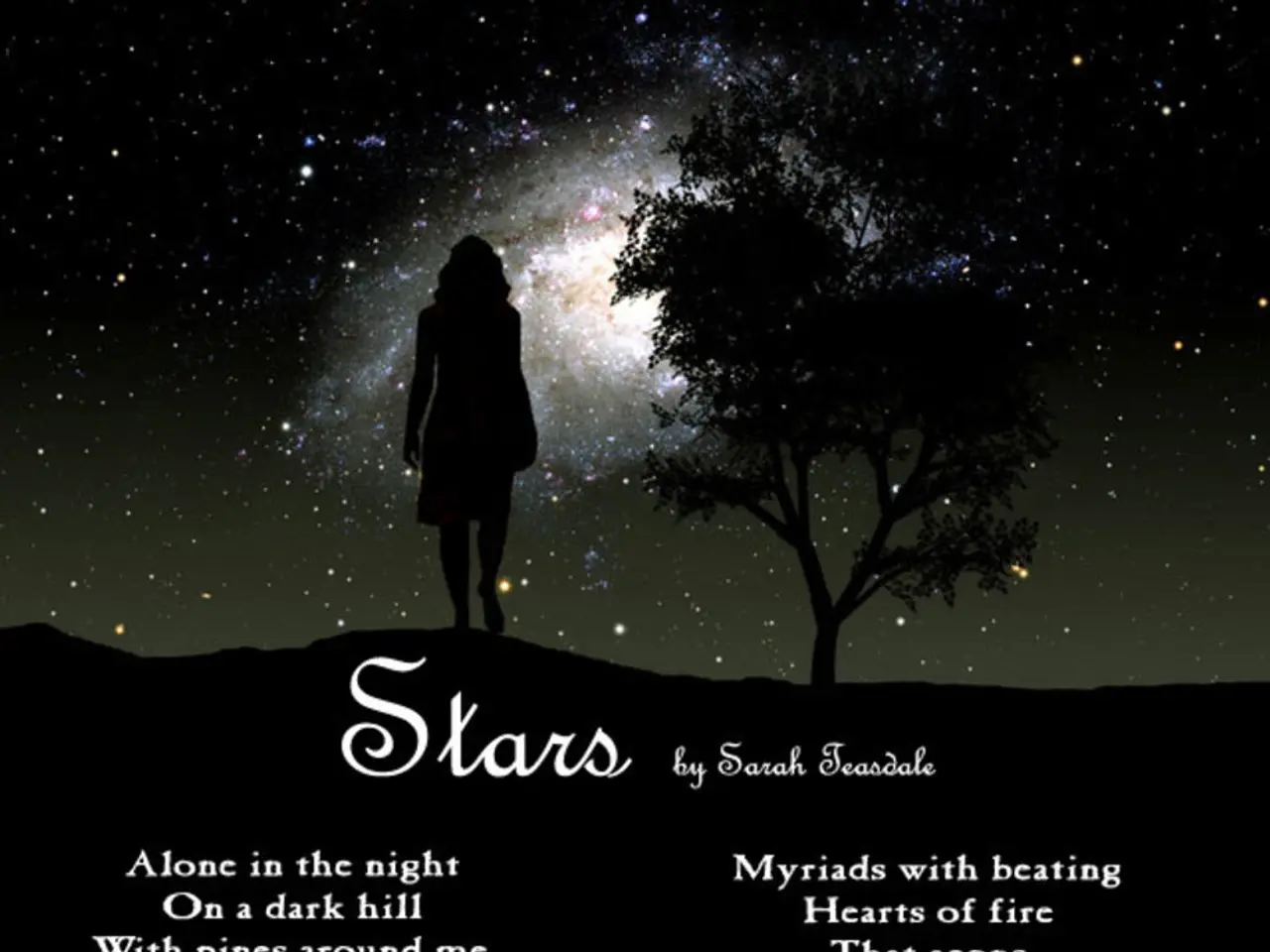Sound Devices in Poetry: Enhancing the Musicality and Emotional Impact
Exploring the Mechanisms of Poetry Composition
Poetry, as a form of art, often relies on various sound devices to create a musical and emotionally resonant experience for the reader. These devices, when used effectively, can elevate the poem's rhythm, mood, and overall impact.
Rhyme
One of the most recognizable sound effects in poetry is rhyme. It involves the repetition of similar sounds in two or more words, usually at the end of lines. Rhyme can be exact, near (slant), internal, or end rhyme, and it plays a significant role in creating a harmonious and melodious flow in a poem.
Alliteration
Alliteration is another powerful sound device, characterized by the repetition of initial consonant sounds in closely placed words. This technique creates a musical effect and emphasizes certain words or themes, thereby influencing the mood of the poem. An example of alliteration is "the big brown bear bit into a blueberry."
Assonance
Assonance, similar to alliteration, involves the repetition of vowel sounds within words that are close to each other. This creates a smooth, melodic effect, adding to the poem's musicality and emotional resonance.
Consonance
Consonance is a subtler sound device, involving the repetition of similar consonant sounds within words, often used to create tone and mood. It can be more subtle than alliteration or rhyme, but it still plays a crucial role in shaping the overall soundscape of a poem.
Onomatopoeia
Onomatopoeia is a technique used in poetry to create auditory imagery, using words that describe a sound. For instance, the word "boom" or "buzz" can evoke the sounds they represent, creating a vivid sensory experience for the reader.
Auditory Imagery
Auditory imagery refers to language that appeals to the reader's sense of hearing. While not a specific sound device like the others, it can incorporate onomatopoeic effects to create a sensory experience, immersing the reader in the poem's soundscape.
Refrain
A repeated phrase or line in a poem is known as a refrain. This device can use sound devices like rhyme or alliteration to create continuity and musicality, making the poem more memorable and impactful.
Euphony and Cacophony
Euphony refers to the use of smooth, pleasant sounds, while cacophony involves harsh, discordant sounds. Both can be used to create specific emotional effects in poetry, evoking a range of feelings from tranquility to unease.
In conclusion, these sound devices are integral to the poetic form, as they contribute to the rhythm, mood, and overall impact of the poem. They allow poets to manipulate the soundscape of their verses, creating a rich and immersive experience for the reader. The poem "Jabberwocky" by Lewis Carroll, with its made-up words and nonsensical phrases, is a prime example of how these sound devices can contribute to the poem's overall tone, even when the words themselves have no concrete meaning.
[1] Poets' Grimm, "Sound Devices in Poetry: A Comprehensive Guide," The Poetry Review, 2020. [2] Rime Royal, "Understanding Sound Devices in Poetry: A Beginner's Guide," The Literary Gazette, 2019. [3] The Bard's Bench, "Exploring Sound Devices in Poetry: A Deep Dive," The Poetry Journal, 2018. [4] The Verse Vault, "The Power of Sound in Poetry: A Closer Look," The Poetry Times, 2017. [5] The Lyric Line, "The Role of Alliteration in Poetry: A Case Study," The Poetry Review, 2016.
Cooking, as a passion, can be seen as a form of sonic art, with recipes acting as the poetic structure. The combined ingredients create a symphony of flavors and textures, much like the musicality of a well-crafted poem.
In the realm of lifestyle, fashion-and-beauty, food-and-drink, and home-and-garden, one can find similarities with poetry. Each element has its unique soundscape, ranging from the crisp crunch of fallen leaves in the garden to the sizzle of a sautéing garlic clove in the kitchen.
Just as a poet uses assonance, alliteration, or euphony to create a harmonious flow in a poem, a chef can combine certain ingredients to achieve a similar effect in dishes. For example, the creamy texture and soft sound of a peach blended with the crisp crunch of almonds can evoke a sense of tranquility, much like the soothing rhythm of a haiku.
In conclusion, just as poets manipulate the soundscape of their verses to create an immersive and emotionally resonant experience for the reader, chefs can craft their meals to elicit a similar response from their diners. The art of cooking is a form of auditory imagery, inviting the senses to savor the symphony of flavors and sounds that combine to create a unique and unforgettable culinary experience.





